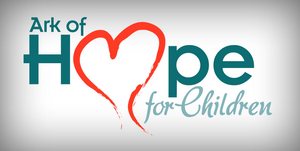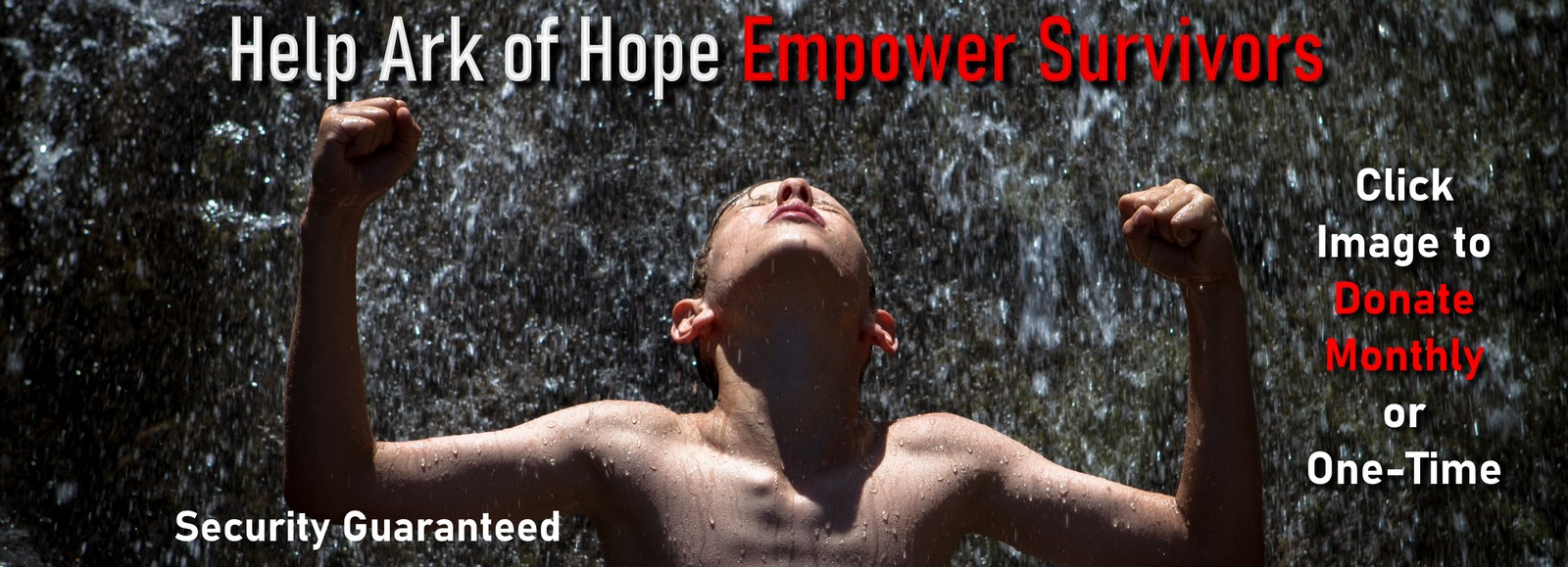5 Tips to get a maltreated child ready for schooling
Guest post by Jason Phillips
Child maltreatment is conduct toward a kid that is beyond the norms of behavior and constitutes an extensive risk of causing emotion or physical harm. Types of maltreatment that are recognized include emotional abuse, physical abuse, sexual abuse, and neglect. The origin of maltreatment is varied and hardly understood. Neglect and abuse are associated with delayed growth and development, mental issues and physical injuries. The analysisis based on physical examination, lab tests and sometimes history. Management entails treatment of injuries, mental conditions, and mandatory preparing the child for schooling through foster care to keep them safe.
1. Avoid Power struggles
Children with maltreatment backgrounds tend to get into power struggles since they’re anxious to feel some sense of power in the middle of powerless feelings. Kids who grow up with loving and dependable parents feel safe and do not feel they have to control the whole enchilada. However, those kids that feel abused or abandoned feel they need to be in control to keep themselves safe, especially with pre-verbal separation and trauma. As such, do not allow this to drive you crazy, instead, stay away from power struggles since you cannot win. To stay away from power struggle, give them as much power through respecting their opinions, responsivities, and choices.
2. Parental enhancement
Taking up parental enhancement programs means training yourself in childbearing, child management as well as self-control skills. Be in charge of your emotions, particularly anger. Give yourself a time-out if you feel angry. Children with emotional and physical maltreatment will attempt to make you angry since they are trying to know when you’re going to beat them. Calm, as well as continuous presence, will finally make them feel safe. It is natural to be angry as a result of strong anger from your kid, but they are unable to calm down before you do it. In fact, you cannot overcome a wrong with a wrong; it just leads to explosions. Moreover, when you’re defensive and angry, you’re in ‘doing brain’ instead of ‘thinking state,’ which means you are not at your best parenting. If you can contain that anger, your kid will start mirroring the calmness. Moreover, parenting kids with trauma will bring up your trauma, even when you think you’ve dealt with it in the past. In case any of these issues come up, seek therapy so that you can deal with them without affecting parenting.
3. Avoid any form of touch as discipline
This entails holding and spanking. No matter how you feel about physical discipline, it is harmful to children with maltreatment challenges. If you spank an abused kid, they will be triggered and will see you as an abuser. As a result, they harm their attachment to you. Instead, you want your touch to be gentle and comforting. Additionally, be cautious about touching when the child is upset or triggered. Never withhold food as a form of punishment. For children with food trauma history, it will leave them feeling unsafe. Discipline should not be shaming, triggering, mean or overpowering. Importantly, do not assume that what works with non-abused children will work with maltreated ones, instead, use different techniques.
4. Set up support groups
In fact, dealing with child neglect and maltreatment is community work. As influential people in their communities, teachers and private tutors are in ideal position to initiate this kind of teamwork. Various formal programs involving the community and the schools have been effective in curbing the self-destructive and difficult behavior in school going children that often is child maltreatment aftereffect. Use this support groups to mobilize community resources to promote the models of independence, cooperation, peer mediation as well as recognition of the common good. Indeed, support groups for both non-abused and abused kids who know the guilty parties, education programs, and awareness helps the stunned children recover and be able to attend school consistently.
5. Train Educators
The main goal of taking children through the education system is to teach. As such, it is necessary to remove hurdles that may impede children’s ability to resume schooling and learning. The residual effects and trauma of child maltreatment and neglect are hurdles to learning as much as any physical or educational inhibition that learning institutions spend much time addressing.
In order to achieve this, it is necessary to consult a private tutor who can recognize and intervene when a kid is not benefiting fully from educational programs.
Moreover, educator quality makes it possible to uniquely detect indicators that signify that a kid has not recovered fully from maltreatment. Since learning institutions are one of the places in which your child will spend better time, teachers will have a chance of seeing the behavior and appearance changes throughout the recovery period. Evidently, guidance counselors, classroom teachers, psychologist, nurses, social workers and administrators become an integral part of the team to help children recover fully from the abuse and resume learning fully.
Author Bio: Jason Phillips is a blogger and writes various articles on education. He also writes for smiletutor, an agency providing home tuitions for children in Singapore. He loves to go swimming and read books in his leisure time.









